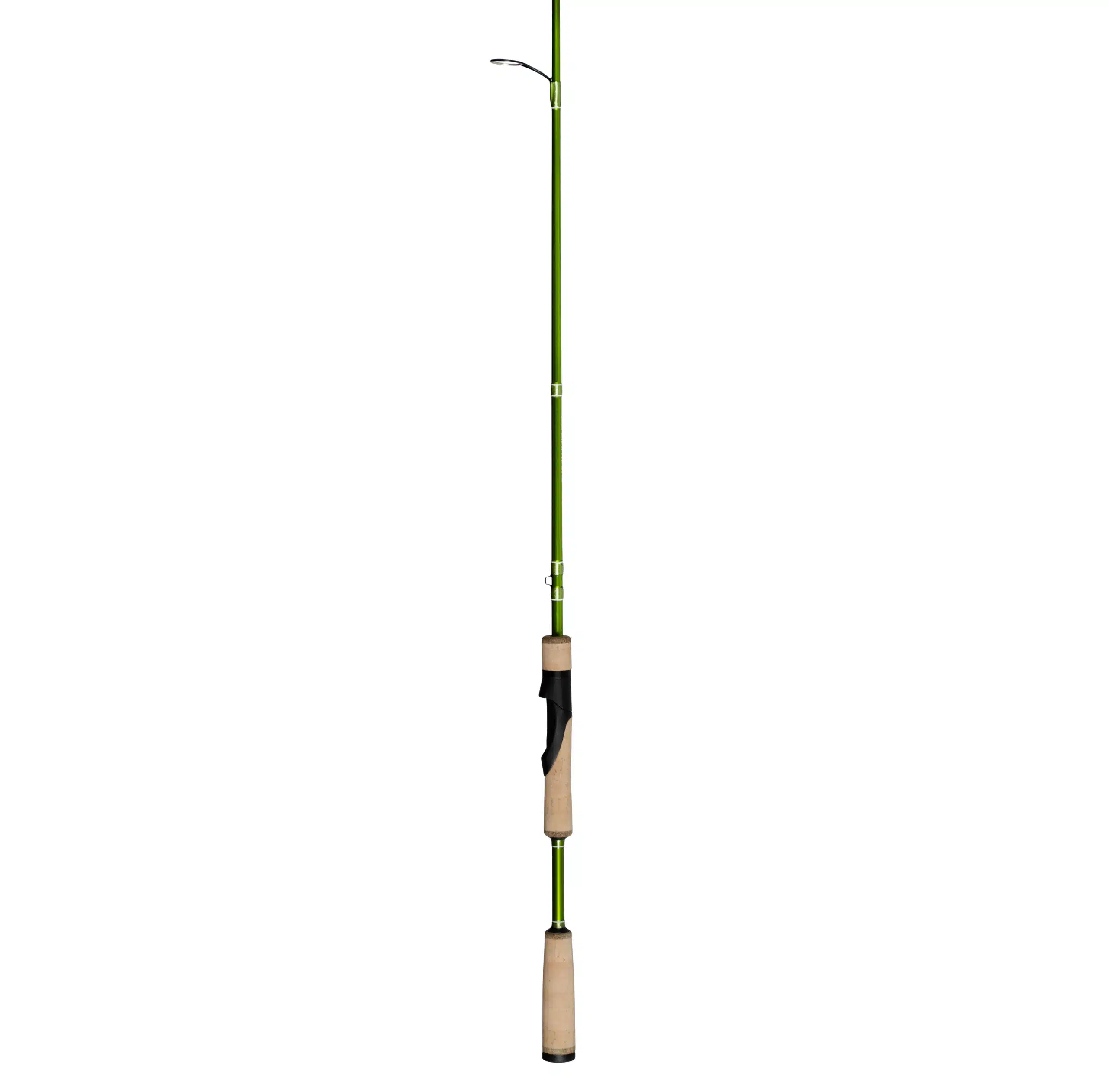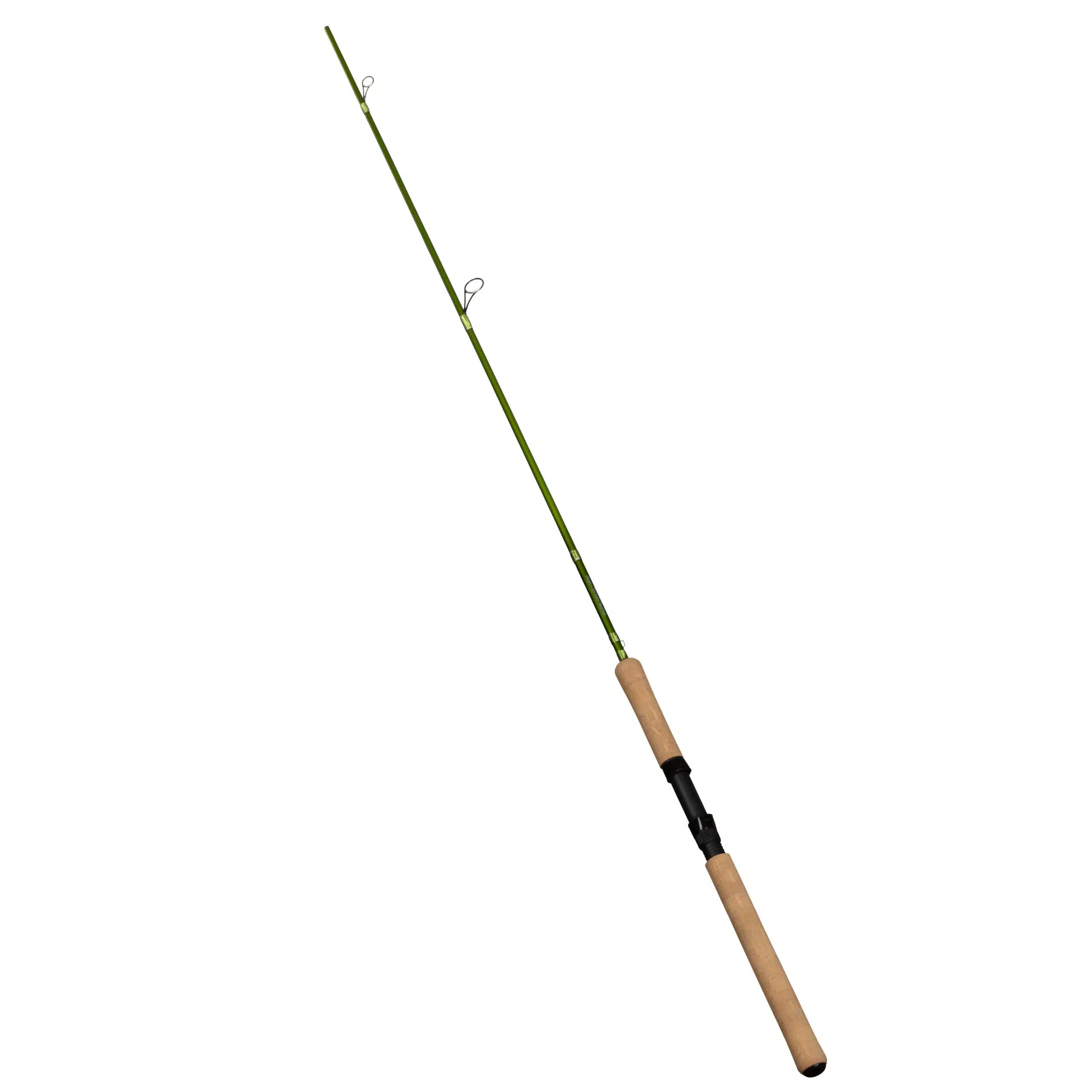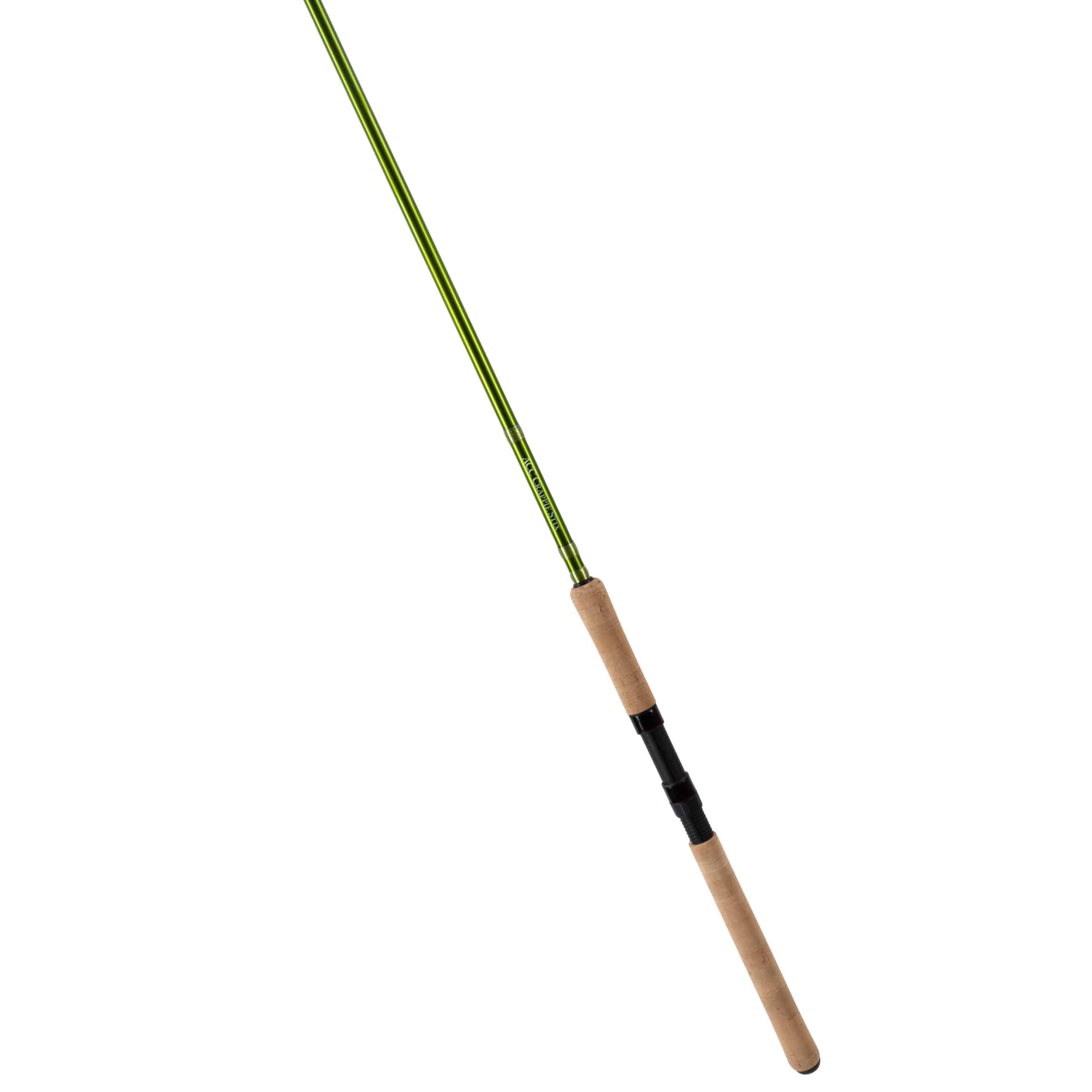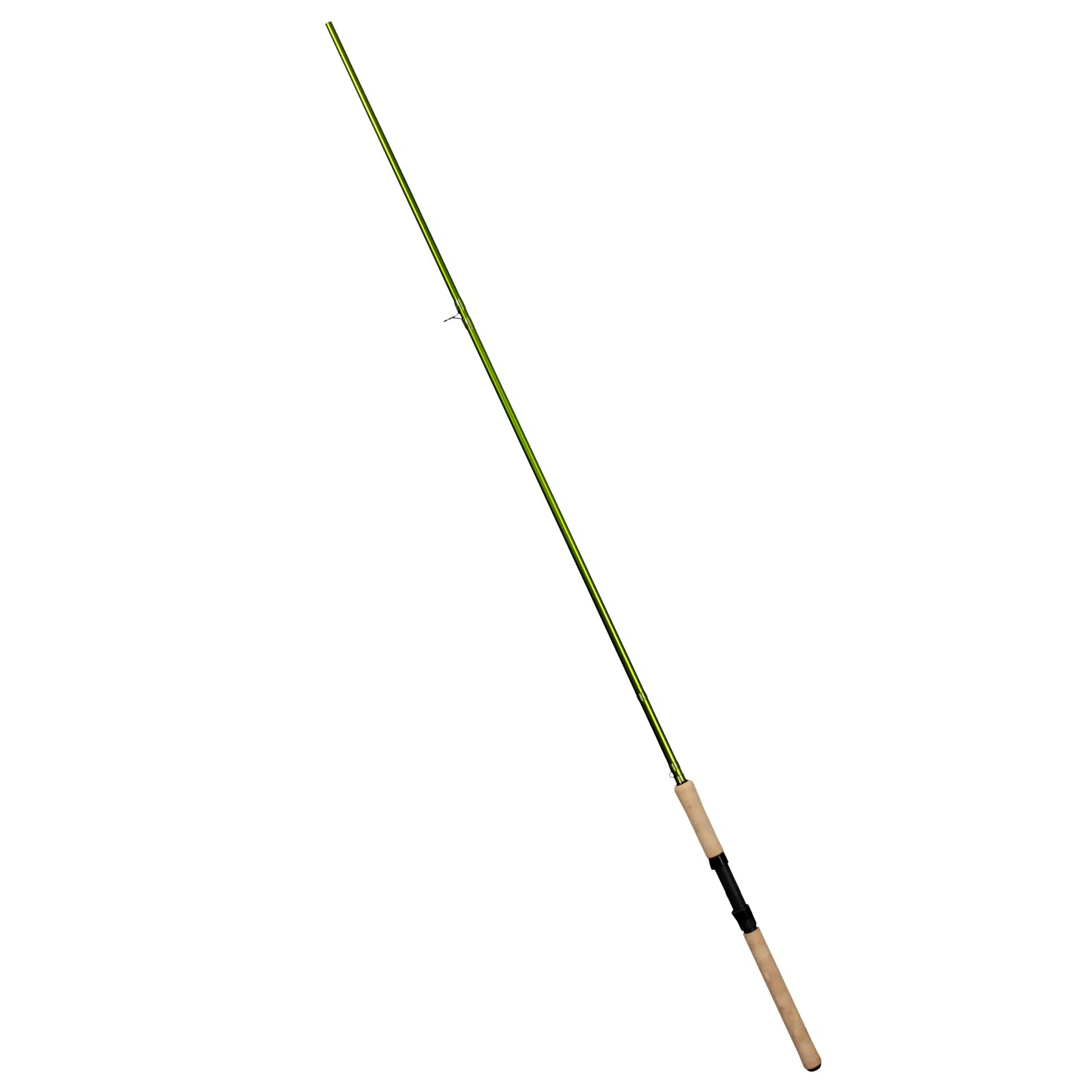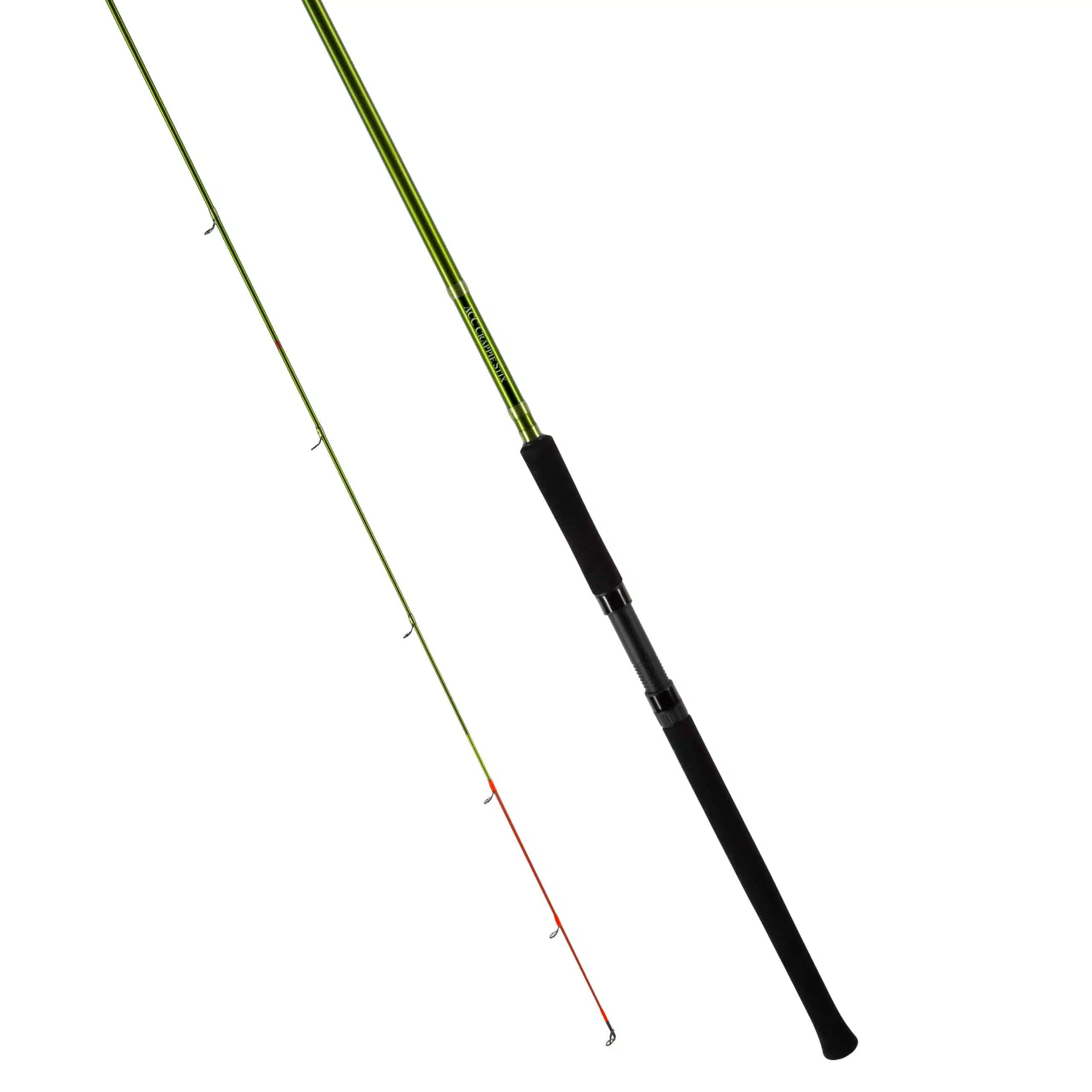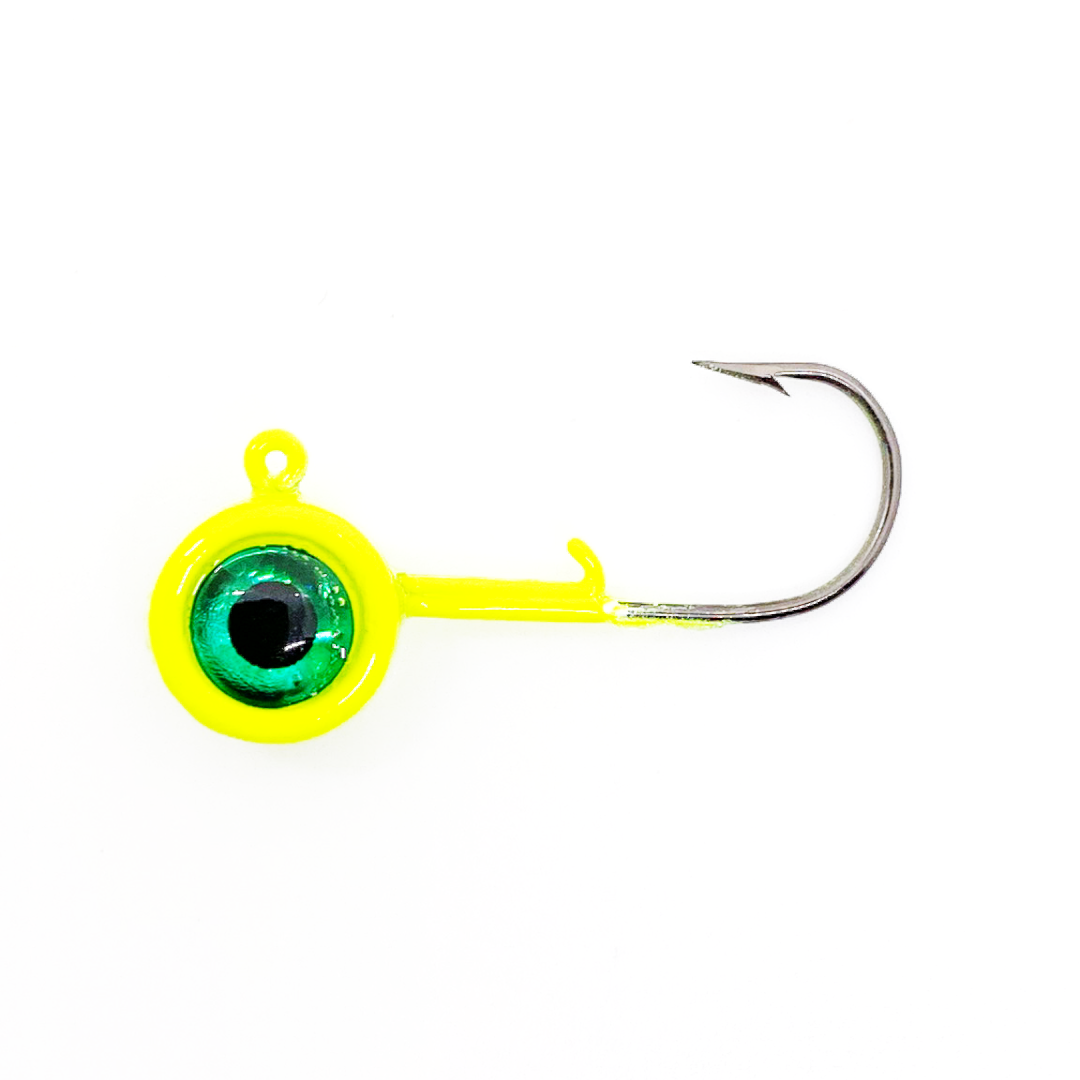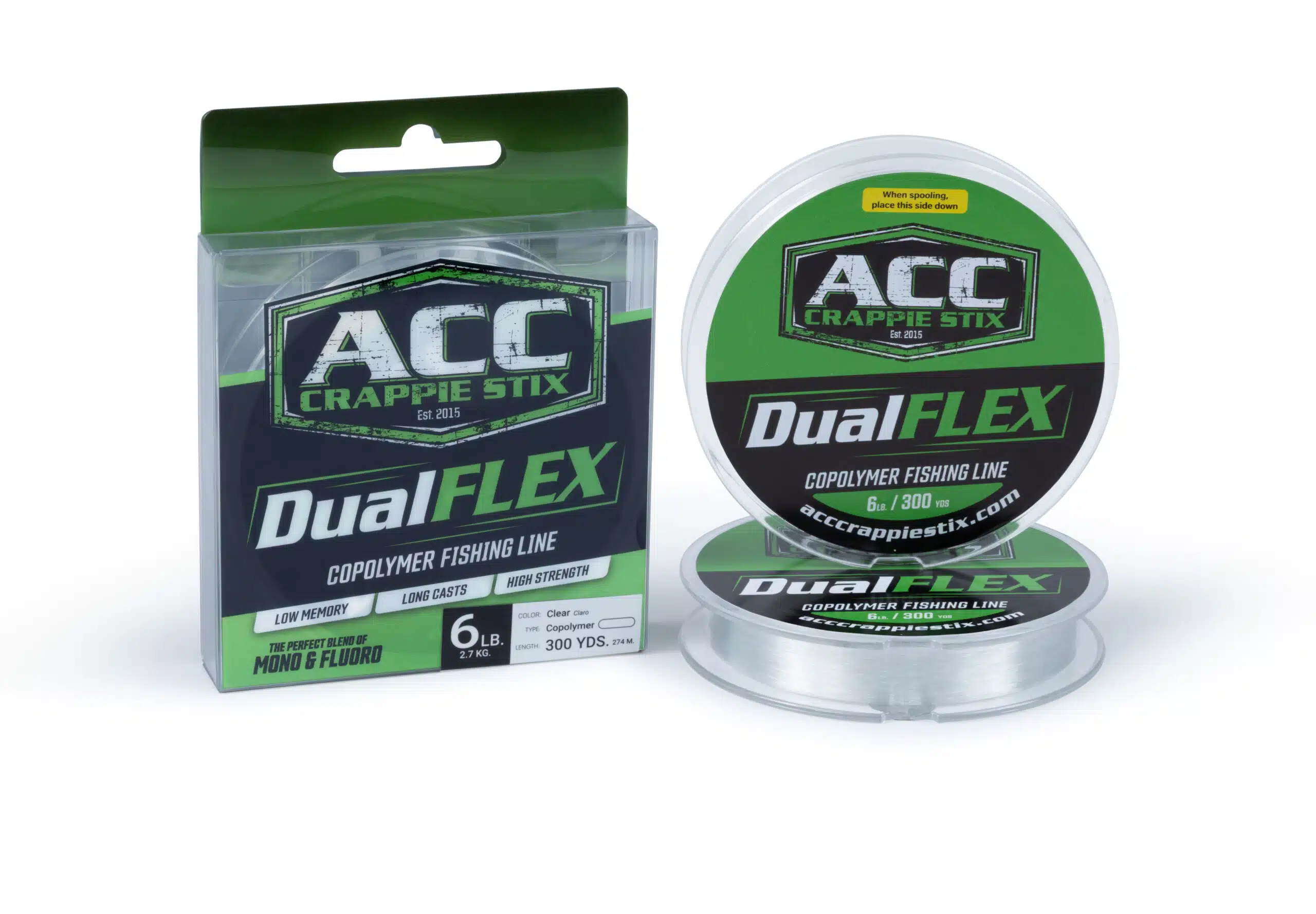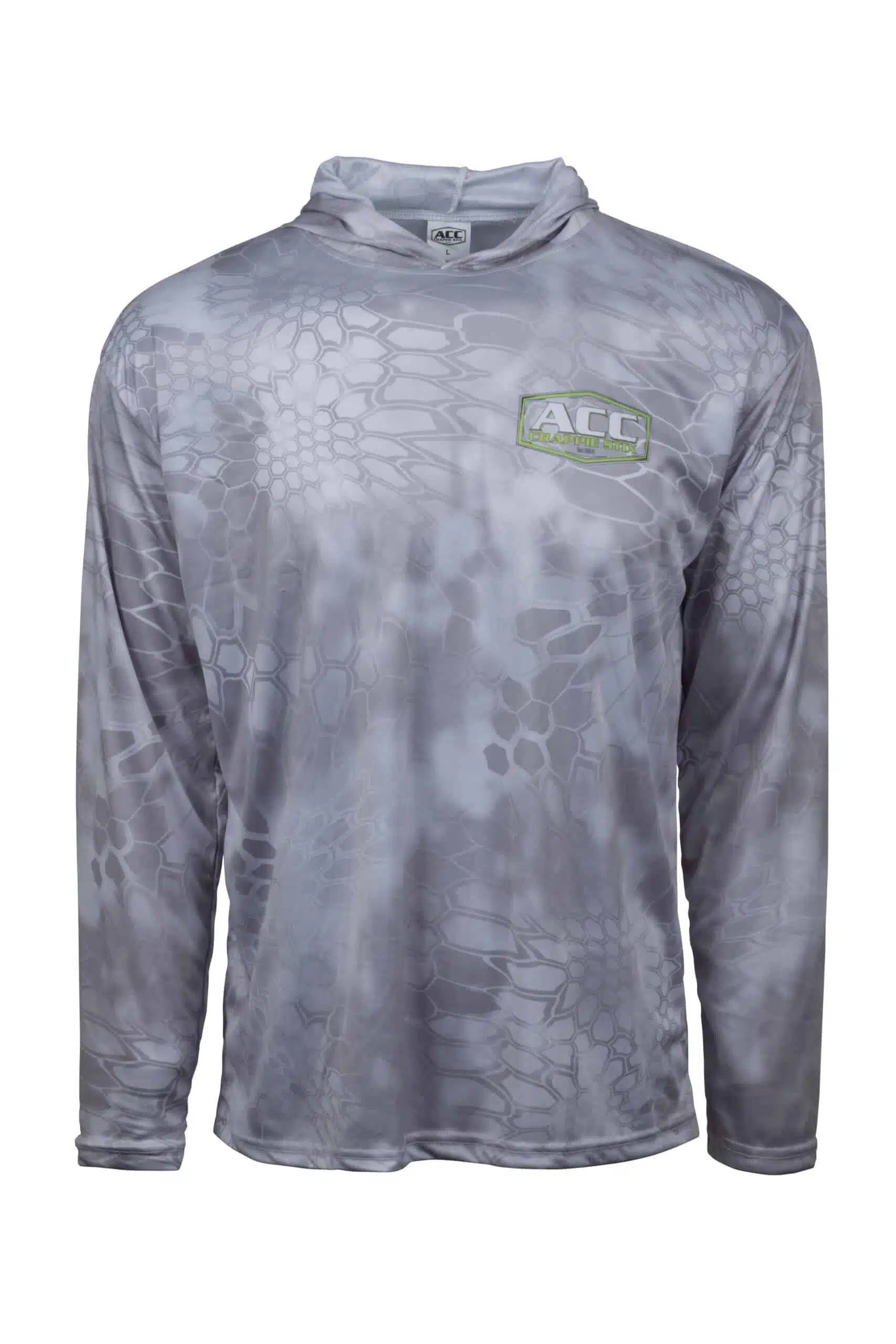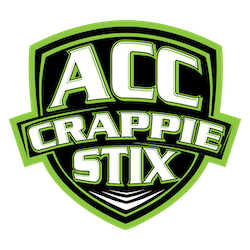Don’t Sleep on Canada Crappie Fishing
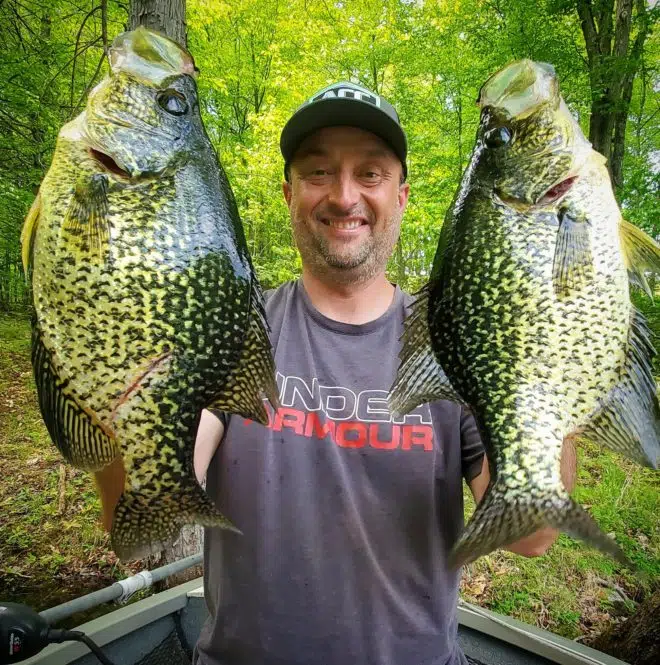
By Greg McCain
For many U.S. anglers, fishing north of the border in Canadian waters conjures images of remote locations and of exotic species not often encountered close to home.
While those scenarios occur regularly in Canadian provinces and are embedded in the fishing culture there, the average outing on the water involves far more ordinary circumstances. In many situations, even world-class fishing is just down the road. And that quality experience often includes a heavy dose of black crappie and some white crappie in select locations.
Yes, crappie fishing is a thing in Canada even if the average citizen there often pursues other species and are less aware of the availability of crappie. While Canadian ACC Crappie Stix pro staff members Yan Rochon and Sebastian “Seabass” Kowalczuk don’t exclusively fish for crappie, chasing slabs is a regular part of their fishing routine.
“Here in Quebec, crappie fishing is still very much unknown,” Yan said. “Most people are into trout fishing, and crappie, for many people, they are saying, ‘What is this?’ I’ve been doing it for the last 20 years.
“Most are fishing for trout, walleye, pickerel, and other species. It’s pretty hard to convince French Canadians, Quebec people especially, to get into crappie fishing. That leaves me plenty of places where I can get on them abundantly.”
For Yan, fishing is much more than simply dunking a lure in the water. He’s a master marketer, using his Outaouais Fishing Action label and social media platforms to promote events and the products that he uses. His photos are stunning, and his videos capture the essence of an event or a product.
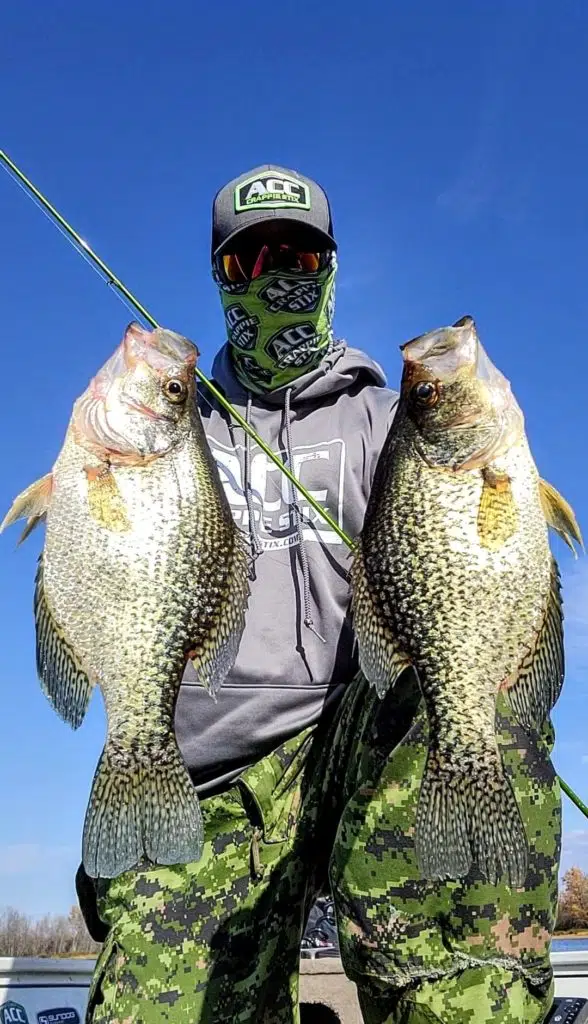
He started the promotional side of his fishing over a dozen years ago with a now-defunct rod maker and continues today with companies like ACC Crappie Stix, Target Baits Lures, and KastKing Canada.
“I had a YouTube account for years but haven’t done much lately,” Yan said. “I’ve done well with Facebook (since about 2007) and with Instagram for two or three years.
“Facebook is where my niche is, and while many people are leaving (Facebook), I’m comfortable with it and have developed a large following.”
Otherwise, he takes in the whole of the Canadian outdoor experience. One of his loves is to combine fishing with camping, adding an unusual touch to his trips by using vintage accessories on his camping trips. In fact, he posts just about as many camping pictures as he does fishing pictures.
“When I go fishing, I usually like to incorporate camping,” he said. “I am a big fan of old canvas tents and old sleeping bags, of which I have a big collection. I have stuff that’s up to 100 years old that I have collected.
“When I go camping, I usually use that stuff. I’m a nostalgic type of guy. Camping makes it so right for me. Of course, I don’t always camp, but I usually do it once or twice a month.”
Yan has spent much of his time recently topwater fishing for largemouth bass, but crappie fishing dominates a conversation with him. While Yan lives in Gatineau, Quebec, he spends plenty of time fishing in Ontario waters as well. The variety creates any number of opportunities.
“The main thing about Canada and especially about Quebec where I am right now is that pressure for fishing is nothing,” he said. “U.S. waters are so pressured by anglers. If you would come up here and fish with me, you would be impressed with how much less fishing pressure there is compared to the U.S. Americans would be amazed to see how much wilderness there is and how much our waters are filled with fish and how easy to target they are.
“For example, when I go fish for crappie up north two hours from where I live, I can be on the water for two days and never see another boat. There are crappie schools all over the place and nobody targets them and nobody goes there. That’s how awesome that is. There’s just no pressure.
“I target mainly crappie and largemouth bass. There’s obviously great fishing for walleye and smallmouth bass as well.”
Yan, who works a full-time job in construction, said Ontario regulations are more user friendly, mainly because of lower fees for fishing than found in Quebec. Ottawa International Airport is a good jumping off point for visiting fishermen. Yan said, “From there, two hours in any direction provides good roads and easy access.”
“There’s water everywhere,” he continued. “When I look at a U.S. map, I see a lot of land and not much water. We have it all here. It’s the Holy Grail of fishing.”
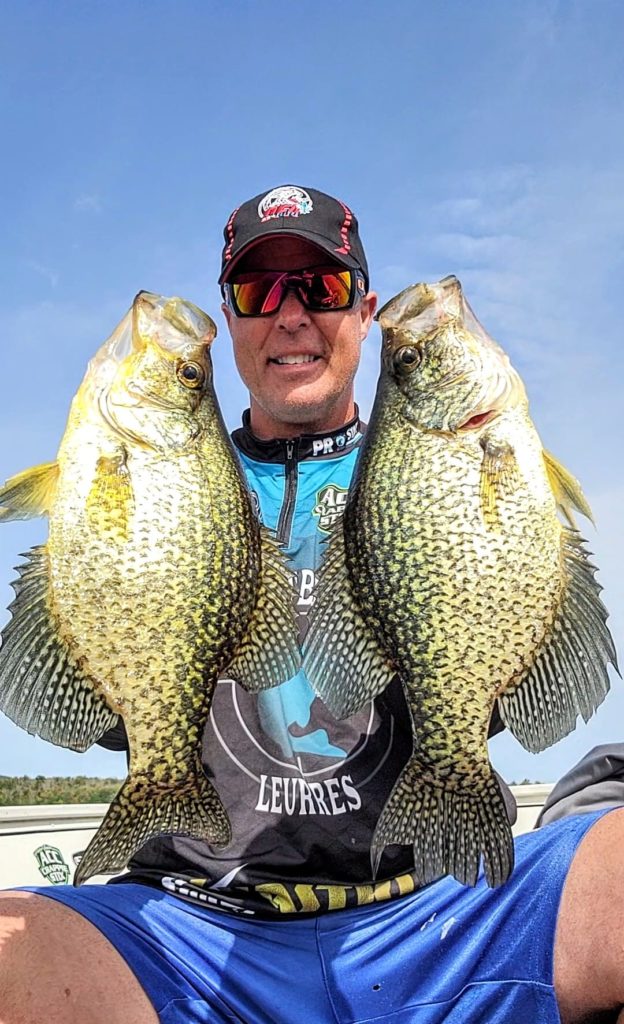
Seabass – he actually is better known as Seabass – confirms those ideas. He guides for just about anything that swims, from the smallest panfish to the biggest musky, gar, or salmon. But Canadian crappie definitely have his attention, and he chases them at times with techniques common among U.S. anglers and at other times with radical approaches.
Originally from Poland, Seabass got his fishing career started there. When he moved to Canada with his family, he described himself as a “river rat” fishing for “steelhead, salmon, and things like that.”
While Seabass also works full-time in construction – “I find things underground,” he said – his love for fishing led him into a side gig as a guide and also into regular TV appearances with various Canadian-based outdoor shows, including Extreme Angler, Crappie Kings, Fish TV, and Angler and Hunter TV. He serves as both a contributor and a co-host for the shows.
“I’m on TV not to be famous but to show people how beautiful places are and how to catch different kinds of fish,” said Seabass, who now lives in Ottawa, Ontario.
In his guide business, Cottage Fishing Adventures, Seabass caters to anglers seeking unique experiences on the water. Keeping extensive records, he focuses on the “best bite windows” for different species and helps his clientele, many of them veteran, world-class fishermen, experience the best Canada has to offer.
“Lately, I’ve been doing more TV and less guiding,” he said. “My guide service is not just the ordinary “see-how-many-fish-I-can-catch type of experience. My clients have already done that, and they want a unique experience.
“I show people techniques and identify the hottest bite window for them. It might be whitefish on the fly in 50 feet of water. I tell them to bring their fly rod and I will show you something.
“I look for the most unique bite windows and techniques. We go out for walleye at night, put on a headlamp, and I see their eyes moving through the weeds.
“Or it might be gar on the fly rod or with horizontal baits. Or at other times, it might be a combo trip with four- to seven-lb. bass early and then king salmon later in the day.”
While Seabass guides for a variety of species, he added, “Crappie became my go-to.”
“Crappie fishing has evolved so much,” he said. “One time, I went out on Rice Lake and said, ‘What are these Americans doing?’ Some of them were using these southern techniques and catching crappie.
“Crappie fishing and panfishing in general has brought people together. There’s so much camaradie with other people (among panfishermen). I never thought crappie fishing would get to the state it is.”
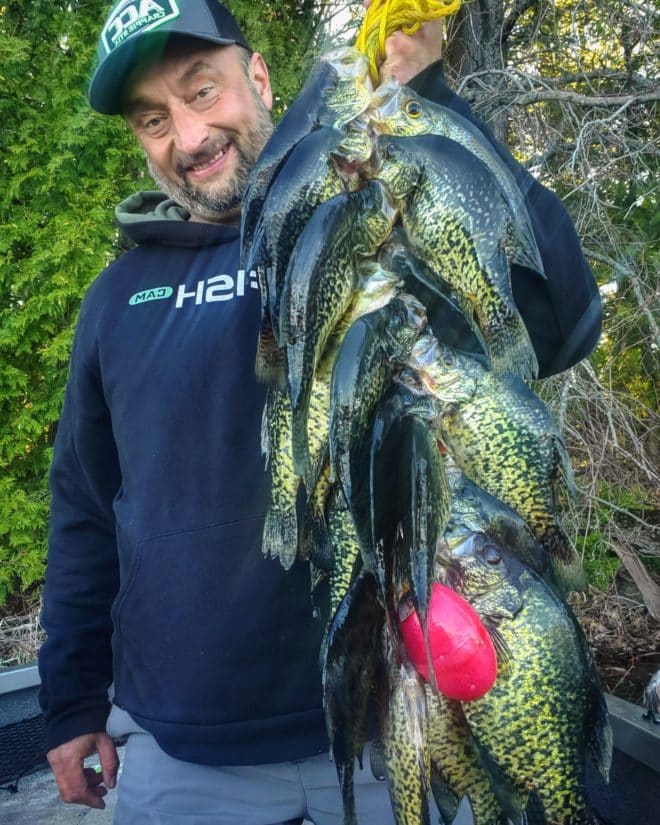
One reason that Canadians are slowly turning to crappie and bluegill fishing is restrictions on more popular species, slot limits on walleye, for example. That’s where Seabass comes in.
“People are switching to panfish and are trying to learn how to catch them,” he said. “Crappie fishing is going to become one of the best fisheries.”
While Seabass does utilize what he called certain ‘Southern’ techniques,” he definitely strays outside the traditional crappie fishing box at times. One definite departure from the norm is the use of big walking baits and full-size poppers for crappie. While few U.S. anglers can ever claim to catch crappie on top, Seabass said the presentation is deadly at select times of the year.
“Crappie are a very aggressive fish and will rise up out of the weeds and inhale a topwater bait,” he said. “It’s a short bite window, but the topwater popper can be dynamite.”
Seabass said the big-baits approach is nothing unsual for him. While he uses traditional jigs early in the spring when baitfish and other prey are small, by the end of the year “bigger is better” for him.
“The biggest misconception about crappie is the size of bait,” he said. “I will use a four-inch swimbait. By the fall, I will use an X7 Rapala jerkbait, a five-inch jerkbait. Big crappie will inhale it.”
Seabass also made another unique observation about his pursuit of slabs, suggesting that crappie fishing is more difficult than musky fishing.
“I also guide for musky – the fish of 10,000 casts,” he said. “For me, catching musky is 10 times easier than catching crappie.
“There is so much you have to put into (crappie fishing), water temps, clarity of the water, where you’re fishing. That’s why you need variety. I try to explore not just techniques but new places to fish for crappie.
“That’s part of the ‘whole art’ of crappie fishing. There are so many lakes where people don’t even know (crappie) are there.”
For more information about fishing in Canada, follow Yan on his personal Facebook page or on the Outaouais Fishing Action page. Contact Seabass for fishing info or for guide trip information through his Facebook page, through Instagram at @cottagefishingadventures, or at 705.562.0997.

